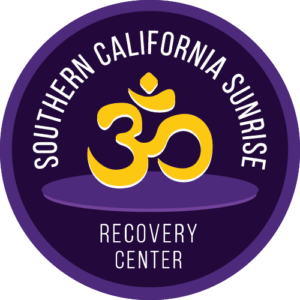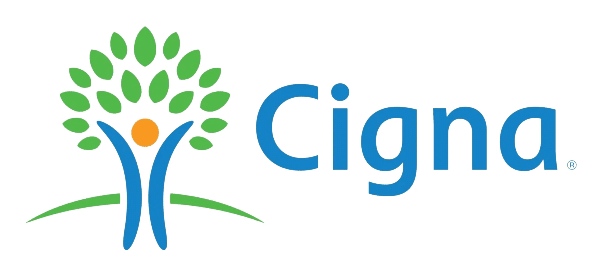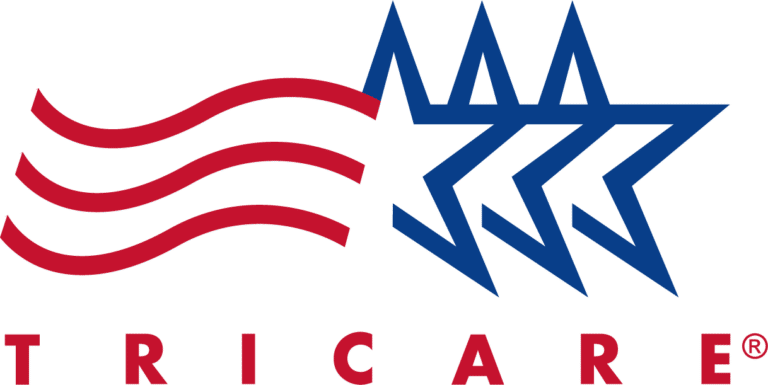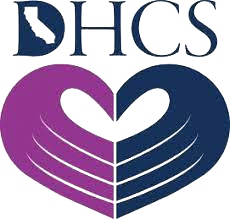Understanding the nature of addiction is essential in the battle against substance abuse. At Tres Vistas Recovery, we often address questions about the addictive nature of various substances, with OxyContin frequently at the forefront due to its role in the opioid epidemic. This drug’s powerful grip on users is not just a matter of concern but a pivotal aspect of developing effective treatment plans and support mechanisms.
OxyContin, a brand-name prescription painkiller, contains oxycodone, a potent opioid that alters brain chemistry to produce feelings of euphoria. This effect is primarily due to its interaction with the brain’s reward system, leading to an enhanced dopamine release. The National Institute on Drug Abuse points out that such substances can quickly lead to addiction as the brain begins to associate the drug with intense pleasure, compelling the user to repeat its use despite harmful consequences.
The risk of addiction is exacerbated by the development of tolerance and physical dependence, requiring users to consume higher doses to achieve the same effect. This cycle can rapidly transition from use to abuse and eventually addiction, often without the user recognizing the depth of their dependency until they face the challenging symptoms of withdrawal. At Tres Vistas Recovery, our understanding of why OxyContin is so addictive informs our comprehensive approach to treatment. We emphasize not just the physical aspect of addiction but also the psychological factors, offering a path to recovery that addresses the whole person.
The Science of OxyContin Addiction
Understanding the addictive nature of OxyContin requires an exploration of its primary component, oxycodone. As a potent opioid, oxycodone’s mechanism of action involves binding to mu-opioid receptors in the brain. These receptors play a critical role in the brain’s reward system. This circuit promotes behaviors necessary for survival, such as eating and socializing, through releasing dopamine, the neurotransmitter responsible for feelings of pleasure and satisfaction.
When OxyContin is ingested, it leads to an abnormal release of dopamine, significantly exceeding the amounts produced by natural reward stimuli. This overwhelming release of dopamine produces intense euphoria, which is central to OxyContin’s addictive potential. The brain starts to correlate the drug with an easy route to happiness, compelling individuals to pursue the drug compulsively.
Research emphasizes that opioids like OxyContin can hijack the brain’s reward system, leading to an altered response to rewards and a heightened value placed on the drug over natural rewards. This process is pivotal in the development of addiction, as it undermines the individual’s ability to find pleasure in previously rewarding activities, reinforcing the cycle of drug seeking and consumption.
Further studies have highlighted the role of tolerance and dependence in the addiction cycle. Tolerance develops as the brain becomes accustomed to the drug, requiring larger doses to achieve the initial euphoric effect. Dependence occurs when the body adapts to the presence of the drug, leading to withdrawal symptoms in its absence, thereby compelling continued use.
Moreover, research underscores the importance of understanding the psychological components of addiction. Environmental factors, psychological stress, and co-occurring mental health disorders can significantly contribute to the severity and persistence of opioid addiction. This comprehensive view supports the notion that tackling OxyContin addiction requires addressing both the physiological mechanisms and the psychological factors at play.
In summary, the science behind OxyContin addiction is complex, involving not only the direct pharmacological effects of the drug on the brain’s reward system but also the broader psychological and environmental contexts in which addiction develops. The excessive dopamine release triggered by OxyContin consumption, the development of tolerance and dependence, and the interplay with psychological factors together explain the potent addictive nature of this opioid. Insights from these research findings are crucial for developing effective treatment strategies and support systems for individuals struggling with OxyContin addiction.
The Role of Tolerance and Dependence
Tolerance and dependence are pivotal in the addictive cycle of OxyContin. Regular use prompts the brain to adjust to the drug’s presence, leading to tolerance—a state where higher doses are needed to replicate the initial euphoric effects. This escalation in use is a direct path to increased physical reliance on the drug.
Dependence signifies a deeper biological adjustment, with the brain’s normal operations becoming reliant on OxyContin for normal functioning. The absence of the drug triggers withdrawal symptoms, varying from discomfort to severe physical and psychological distress. This condition enforces a cycle of continued use to evade the pain of withdrawal, cementing the addiction’s hold on the individual. Understanding this dynamic is essential in addressing the challenges of overcoming addiction, pointing towards the necessity for a carefully managed detoxification process and support for recovery.
The Psychological Aspect of OxyContin Addiction
The psychological dimensions of OxyContin addiction are profound. For many, the journey into addiction starts from a legitimate medical need to manage pain. However, the euphoric effects of the drug can quickly turn it into a coping mechanism for psychological distress, such as anxiety, stress, or depression. This misuse provides a temporary but deceptive escape from underlying issues, deepening the addiction. Similarly, questions like ‘is Xanax a narcotic?‘ arise as people often seek information on other substances that are commonly used to manage anxiety or stress, potentially leading to misuse. Understanding the classification and effects of various prescription drugs, including Xanax and its narcotic status, is crucial for patients and healthcare providers alike to prevent dependency and addiction.
The allure of OxyContin’s temporary euphoria as a solution to life’s problems creates a psychological dependency, intertwining the user’s emotional well-being with the presence of the drug. This dependency complicates the addiction, making it not just a physical battle but a psychological one that requires comprehensive treatment approaches. Addressing this aspect of addiction emphasizes the importance of incorporating psychological therapy and support into the recovery process, ensuring a holistic approach to healing and long-term sobriety.
The Impact of Prescription Practices
The proliferation of OxyContin addiction has been significantly influenced by prescription practices, particularly during its surge in popularity in the late 1990s and early 2000s. This period saw aggressive marketing by pharmaceutical companies, coupled with an underestimation of the drug’s potential for addiction, which led to widespread over-prescription. Physicians aiming to provide relief for patients with chronic pain often prescribe OxyContin without fully understanding the risks associated with long-term use.
This scenario created a perfect storm for the escalation of opioid addiction. Many patients, initially prescribed OxyContin for valid medical reasons such as post-surgical pain or chronic conditions, found themselves ensnared by dependency on the drug. The ease of access to OxyContin, fueled by liberal prescribing habits, played a critical role in its transformation into a national epidemic.
The consequences of these practices underscored the urgent need for a reevaluation of how pain management is approached in healthcare settings. It highlighted the importance of implementing more cautious prescription guidelines, such as thorough patient assessments, consideration of non-opioid alternatives, and closer monitoring of patients’ use of opioid medications. Furthermore, this situation brought to light the necessity for healthcare providers to be well-informed about the potential for addiction and to engage in open discussions with patients about the risks and benefits of opioid therapy.
In response to the crisis, there has been a push towards developing and integrating alternative pain management strategies that minimize the reliance on opioids. These include physical therapy, cognitive-behavioral therapy, acupuncture, and the use of non-addictive pain medications, aiming to provide effective pain relief while reducing the risk of addiction. The shift in prescription practices and the exploration of alternative pain management solutions reflect a broader effort to mitigate the impact of OxyContin addiction and prevent similar crises in the future.
Overcoming OxyContin Addiction
At Tres Vistas Recovery, we understand the complexities of OxyContin addiction. Our approach to treatment is multifaceted, addressing not just the physical dependency but also the psychological aspects of addiction. Treatment options include:
- Medical Detoxification: Safely managing withdrawal symptoms under medical supervision.
- Behavioral Therapies: Cognitive-behavioral therapy (CBT) and other modalities to help modify patients’ attitudes and behaviors related to drug use.
- Medication-Assisted Treatment (MAT): Using medications like buprenorphine and naltrexone to reduce cravings and withdrawal symptoms.
- Support Groups: Facilitating connections with others who are navigating similar challenges.
Prevention is a critical component of addressing the opioid crisis. Educating patients, healthcare providers, and the public about the risks of OxyContin and other opioids is essential. This includes understanding the potential for addiction, recognizing early signs of dependency, and knowing the alternatives for pain management. Overcoming OxyContin addiction requires a multifaceted treatment approach, underscoring the importance of options like outpatient prescription drug rehab. Our programs offer flexibility and support for individuals seeking to recover from addiction while maintaining their daily responsibilities. We provide access to behavioral therapies, medication-assisted treatment (MAT), and support groups in a setting that allows patients to apply coping strategies in real-world scenarios.
Prescription Drug Addiction Treatment at Tres Vistas
The question of why OxyContin is so addictive touches on a complex interplay of pharmacology, psychology, and societal factors. At Tres Vistas Recovery, we are committed to providing compassionate, comprehensive care for individuals struggling with OxyContin addiction. Through understanding, treatment, and support, recovery is possible. If you or someone you know is grappling with addiction, we are here to help guide you toward a life of sobriety and wellness.

Tracey Kane is an Associate Marriage and Family Therapist and Assistant Clinical Director at Tres Vistas Recovery. With over 11 years of experience in the field of addiction treatment, Tracey has dedicated her career to helping individuals struggling with substance abuse and mental health issues.












